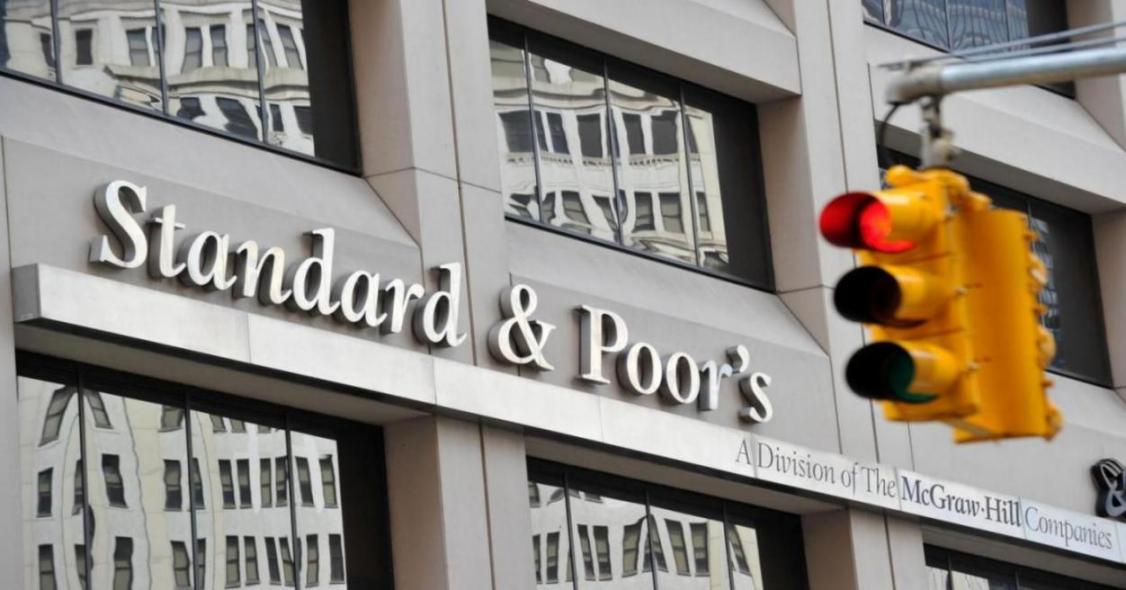For years, investors in US stocks shrugged off threats–a government shutdown, fear of a euro collapse, a near US debt default–and just kept on buying. At the sixth anniversary of the bull market in March, the Standard and Poor’s 500 index had more than tripled in value AP reported.
Now, buyers are hard to find. A wave of selling has hammered major indexes, with the S&P 500 losing nearly 6% in the past week. That is its worst weekly slump since 2011, and leaves it close to what Wall Street calls a “correction,” or a fall of 10% from a recent high.
Is there more selling to come? No one knows, but corrections are natural in a bull market, a pause in the market’s march higher, and this one is long overdue. They usually come about once every 18 months. The last one was four years ago.
The big trigger for selling this week was yet more evidence of a slowdown in China’s economy, but there were plenty of other worrisome developments weighing on the market.
A look at a few of them, and why you may not want to panic, yet.
Fears About China
Despite Beijing’s efforts to restore calm, the Chinese stock market has taken investors on a wild ride this summer. Then last week, the government announced a depreciation of the country’s currency, stoking fear that the economic slowdown there was even worse than it had let on.
On Friday, more bad news: A gauge of manufacturing showed that key sector on the mainland is continuing to contract.
What happens in China matters, and not just because it is the world’s second biggest economy. Falling Chinese demand has sent prices plunging for all manner of commodities–iron, copper, oil. That has walloped countries that export them.
Its surprise devaluation also triggered other governments to drive their currencies lower, roiling financial markets and spreading fears of a currency war.
Plunging Oil
The steep drop in the price of oil in the last month has become a major concern for traders. Oil briefly went below $40 a barrel on Friday, its lowest price since the financial crisis six years ago.
If oil keeps falling, it is likely to drag down the S&P 500. Drillers and other energy companies make up a significant chunk of that index. Shares of those companies have plunged 35% in the past 12 months.
Disappointing Profits
The upside to falling oil is that all the money that drivers are saving at the gas pump should mean more spending by them at stores–and a faster-growing US economy. But Americans are choosing to pay off debt instead of going shopping.
The new frugality helps explain why the biggest long-term driver of stock prices–corporate earnings–have been so disappointing lately. In the second quarter, companies in the S&P 500 grew earnings per share just 0.07% from a year ago, according to research firm S&P Capital IQ. That is the worst showing in nearly six years.
Trading Milestone
Many investors pick and choose stocks based on a company’s business outlook, but there is an entirely different class of trader that relies on technical indicators to make investment decisions. Many of their screens were flashing “sell” this week.
The S&P 500 and the Dow have broken through a few key technical levels recently. One important one is their 200-day moving averages, which the two indexes pierced on Thursday, helping to fuel selling. Both indexes dropped 2.1% that day, before further tumbling on Friday.
Rate Jitters
The Federal Reserve has been signaling that, with the economy improving, it could start raising rates to keep inflation in check, perhaps as soon as next month. For years, investors have been fretting that the market could drop sharply when the central bank starts raising rates. The rates, held near zero for the entire bull market, have been widely credited with pushing stock prices up.
This week investors did an about-face and started worrying about the opposite. In its minutes from the central bank’s July meeting, released Wednesday, Fed officials expressed concern that China’s slowdown could pose risks to the US economy. Investors wondered whether that meant the growth here is fragile, and started selling stocks.


